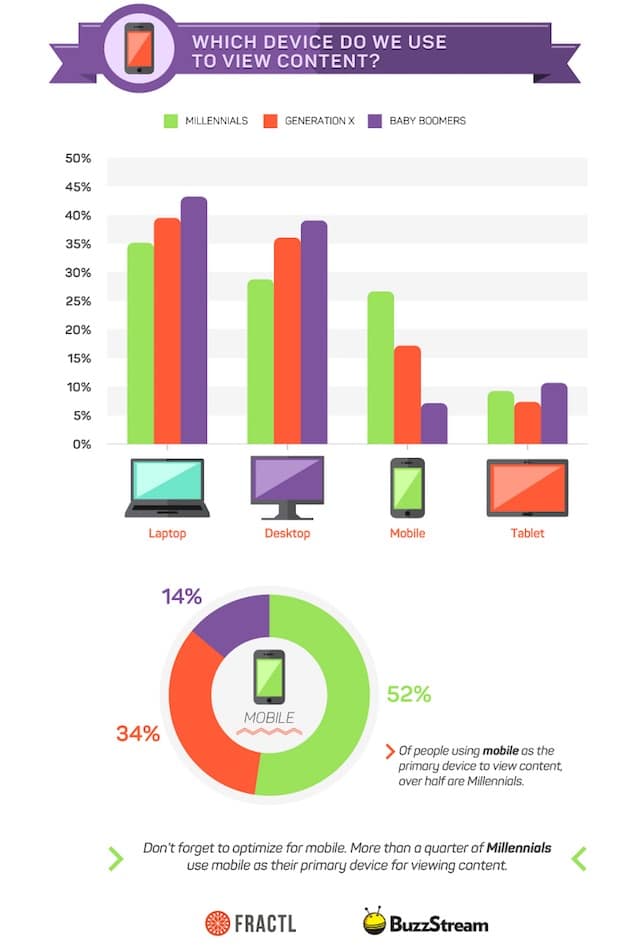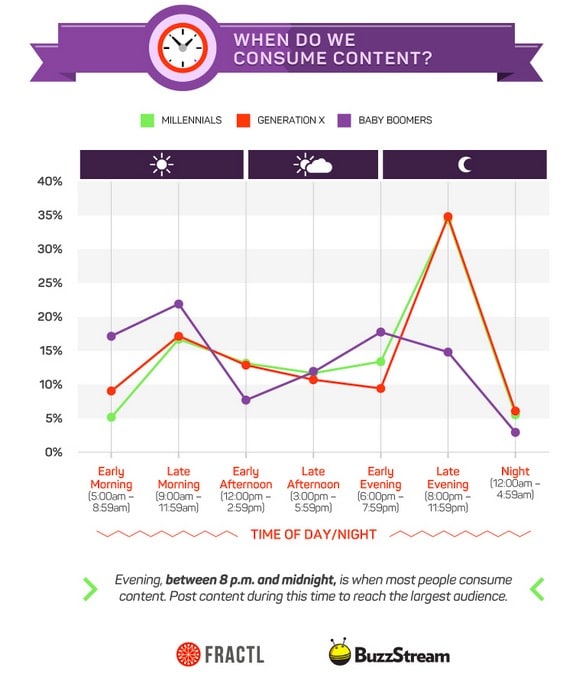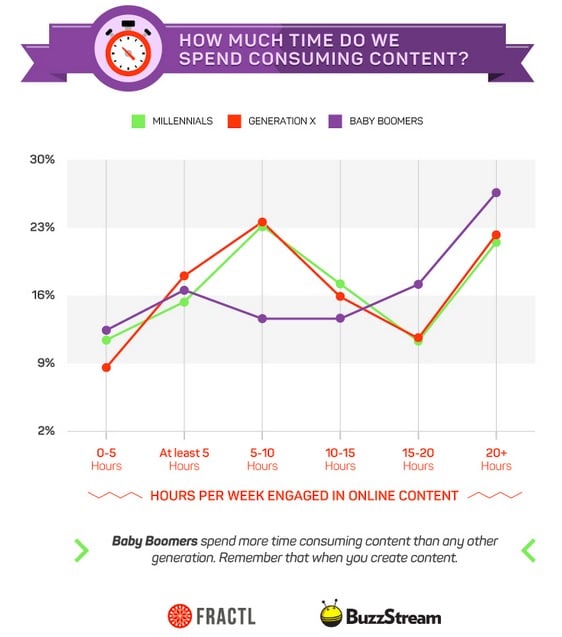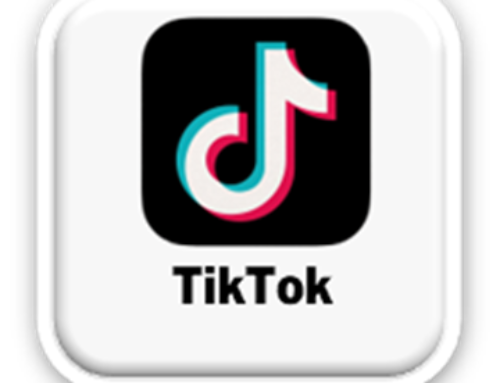Here at Vici we get asked a ton of questions about campaign optimization. One of the most popular questions is “What is the best way to target this specific group of people?” The answer to this question isn’t exactly straight forward, but there are a few things that can be done to help maximize exposure of a campaign to a specific group of people. These include optimizing ad creative to fit the device your customer is using, implementing dayparts to show ads during the parts of the day that your consumers are online, and adjusting the frequency of the ads depending on your customers digital habits.
“That’s all fine and dandy AJ, but how am I supposed to know when my customers are online or what device they’re using?” Finding out the viewing habits of your customers isn’t always an easy thing to do, but there are ways to find this information. One way that we like to find this info is to use industry reports. Companies all over the web have sole purposes of surveying individuals in order to gather data on their online and digital viewing habits. The report I will be using to help explain the optimizations listed above was conducted by BuzzStream and Fractl, and included a group of over 1,200 people. The following is based on their findings.
Optimizing Creative
Making sure that your ad creative is in multiple formats in order to work on multiple devices is key to any digital campaign, especially if you have customers who are using one device more than another. In the graphic above, the different colors represent different generations of users. As you can see, the majority of users in general prefer to use their computers to view digital content. However, when it comes to mobile, over 50% of those users were millennial. That means that if you know you want to target the millennial generation, you better make sure that your ads are mobile ready (correct sizes for mobile) and are going to engage the mobile user specifically with its content and verbiage. For example, a mobile user is more likely to engage with “Click to Call” than “Get a quote” because they are most likely already on their phone.
Implementing Dayparts
Dayparting has been used for decades by radio and television advertisers to specifically target higher volume times of the day. Digital advertising is no exception. Although limited between showing ads and not showing ads (as opposed to a gradual increase/decrease), having the ability to target certain times of the day when you know your customers are viewing content has been instrumental to those looking for more control. In the graph above, you can clearly see that the peak time for viewing digital content is between 8pm and 12am. With this information, you can get very specific with when your ad shows. For example, if your campaign has a limited number of impression, you could choose to only show your ads during peak times to help maximize exposure.
Adjusting Ad Frequency
Ad frequency refers to the number of times a single ad is show to a single viewer across a certain period of time. A common frequency is 24 times per month. What this means is that one person, once targeted, could see the same ad as many as 24 times per month. Now this may seem like a lot, but when broken down, that is less than once a day. However, this frequency can be changed if needed. If we look at the data on the above graph, we notice that the time spend viewing content changes depending on age of the viewer. How can this be used? Well if we know that Baby Boomers view more than 20 hours of content per week, we may decide to keep the frequency at a normal level since they will be on the longest will see more ads than other groups. Conversely if we know that millennials and Gen-X’s only view 5-10 hours of content a week, we may increase the frequency in order to get more impressions since they aren’t online as long.
When used together, industry data can be extremely influential when it comes to where and how you advertise. Knowing the latest trends and habits of your customers is key to having successful campaign. If you are planning on going digital and are unsure of where to start or, are already advertising digitally and just want to maximize your exposure, let us know! We specialize in creating unique campaigns for each of our clients and use the techniques listed above on a daily basis. To find out more about optimizing your digital campaign, click here to read an excellent article about Google Analytics written by our very own Alexandria Mancini.




